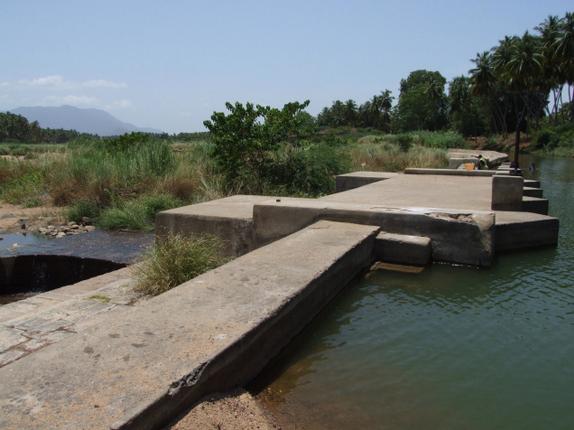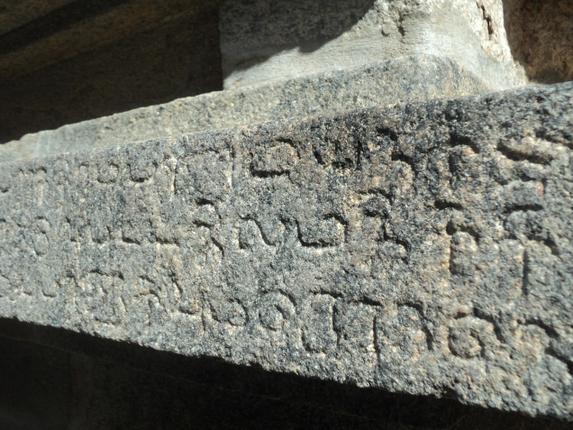
Inscriptions dating back to 12th Century, found along river Vaigai, talk about the efficient water management system devised by the Pandiya Kings
With summer round the corner, most of us are already worried about water scarcity this season. Experts have done their bit by sounding the alarm on the depleting water table. But have you ever wondered how are ancestors used, managed and conserved this elixir of life?
When it comes to effective conservation, distribution and management of water, one cannot dispense the role of King Karikal Chola, who built the Grand Anaicut across River Cauvery. There are several historical evidences to prove that ancient Tamil rulers had effective water management systems in place in their respective kingdoms.
The Pandiya kings constructed check dams across River Vaigai. King Maravarman Arikesari, also known as Koon Pandiyan, who ruled Madurai during Seventh century built a check dam across Vaigai and named it after himself. It is near the Kuruvikaran Salai road and archaeologists have found a stone inscription there. Likewise, King Parakrama Pandiyan constructed a check dam Sitranai in Kuruvithurai near Madurai. He also extracted granite from the nearby hill Kuruvikal and built a stone quarry. Stone inscriptions in Kuruvithurai Perumal Temple record this.

In the olden days, exclusive groups were constituted for the upkeep of the water bodies. These were theyeri variyam (lake board) and kalingu variyam (sluice board). According to B. Thirumalai and R. Sivakumar, authors of ‘Vaiyai Thadam Thedi’, the landmark ruling of Sri Vallabha Pandiyan, who established the riparian rights of the lower ayacut farmers, is remembered even today. “The case of a landlord cutting off the main channel by digging a channel upstream and depriving farmers of the lower areas was brought to the King,” says Sivakumar.
“The practice of creating a water body to help people has been there for ages,” says C. Santhalingam. Secretary, Pandya Nadu Centre for Historical Research. Tamil Brahmi inscriptions recovered from Nadumuthalaikulam near Vikkramangalam give evidence of existence of a 2000-year-old man-made lake. “Kings created water bodies and collected land tax from people. Pallavas constructed lakes across their kingdom and named the lakes after them. Some of the man-made lakes are Chithiramega Thadagam and Vairamega Thadagam,” he says.
There were also several lakes like the Thoosi Mamandoor Yeri near Kanchipuram, the biggest of the lot. “The rulers did not end with that. They appointed guards to stop people from polluting and created a corpus fund for the maintenance of the water body. The board used the money to desilt the lake and to distribute food and clothes for victims of floods. They also let the lake on contract for fishing and for ferrying people on coracles to generate funds. Many rich people also donated liberally,” he says.
“For effective distribution there are different types of sluice gates like Pulikan madai (which has three outlets). Depending upon the storage the water is released through these outlets. The one with seven outlets is located near Srivilliputhur. It is constructed by the Koon Pandiyan and to control the flow a pillar is erected at the centre of the main sluice gate,” he says.
Lakes were given much importance in those days. They were quoted in Sangam literature to identify the geographical division of that place, like the Madakulakeezh which refers to the land irrigated by the Madakulam Lake.
“Predominantly an agrarian community dependent on water source, our ancestors knew the importance of conserving water. They were farsighted, sensitive to environmental issues and better equipped than the current times,” concludes Santhalingam.
source: http://www.thehindu.com / The Hindu / Home> Features> MetroPlus / by T. Saravanan / Madurai – March 04th, 2015